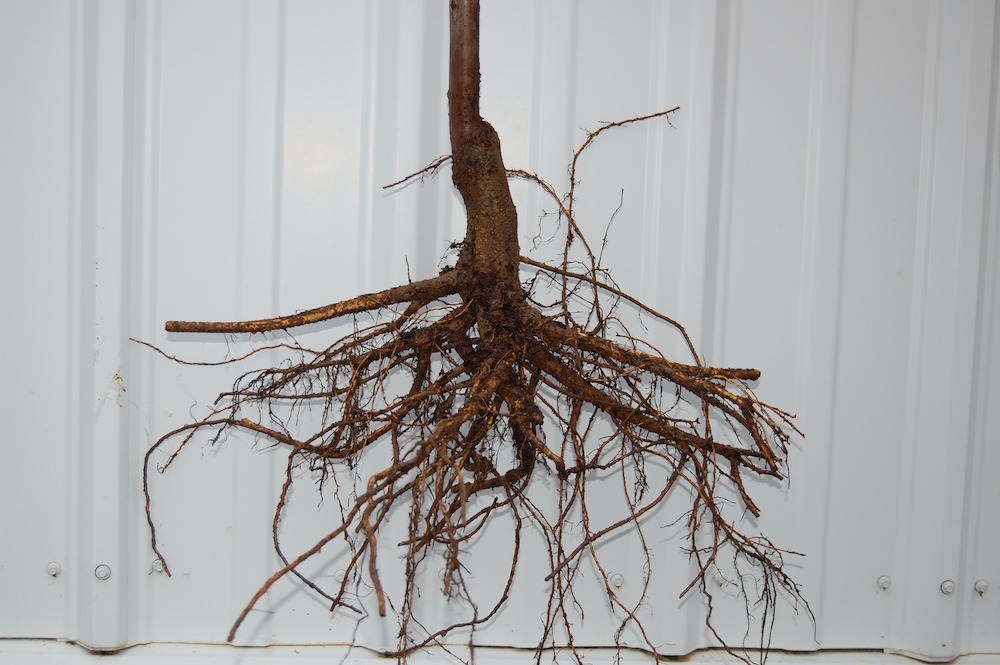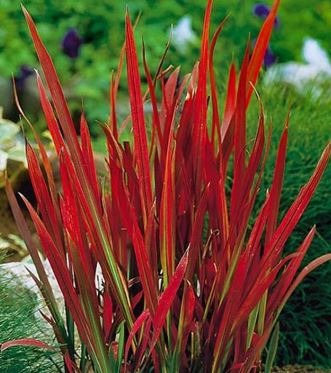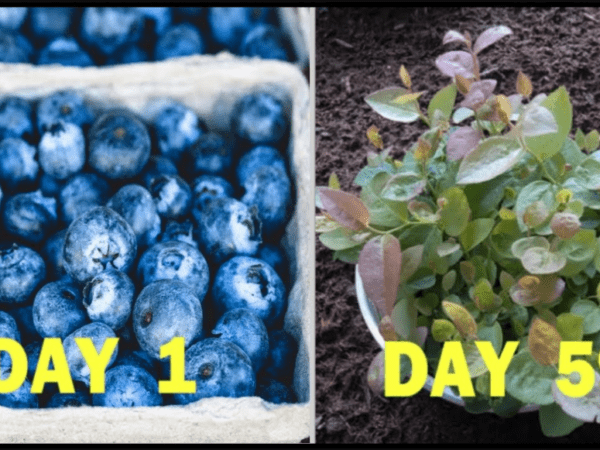Spider plants are not particularly difficult plants to care for — they even thrive in low light! — but yellow leaves on a spider plant usually indicate that there’s something wrong with its environment. Learn how to make sure your spider plant is getting the right amount of water, light, and fertilizer to keep its leaves at their greenest and prevent them from yellowing.
Watering your spider plant too much or too little.
Too little water and your plant won’t have the energy it needs to thrive, while too much water can drown out your plant’s roots. Make sure you are only watering your spider plant when the top inch of soil is dry and using warm or room temperature water. Remember that different parts of a house may require more or less frequent watering, so adjust for where you are keeping your spider plant and how long the soil usually remains dry.
Not providing enough bright light.
Spider plants need bright, indirect sunlight to stay healthy. If you place your plant in a room with low lighting, the leaves will turn yellow as a warning sign that it isn’t getting the light it needs. To fix this issue and bring your plant back to its healthy green color, move your spider plant to somewhere where it can get more light such as near a sunny window.
Is overdoing fertilizer causing spider plants yellow leaves?
If you suspect your spider plant leaves are turning yellow from excess fertilizer, reduce the number of times you’re adding it to the soil. Too much fertilizer can cause a nutrient overload and lead to leaves discoloring and/or wilting. It’s best to only add liquid fertilizers every two weeks during the growing season. You should also use half or three-quarter strength of what is recommended on your fertilizer label. It’s always better to give your plant less than too much!
Low humidity of the air around it.
Spider plants need more humidity than most houseplants to thrive and maintain their vibrant appearance. If the leaves are turning yellow and/or curling, the humidity might be too low in your home. To increase the humidity around your plant, try setting a humidifier near it or misting it with water twice per day. Additionally, grouping several plants together can increase the local humidity levels since evaporation is higher when multiple plants are in close proximity.
Cold temperatures that can cause shock and damage to spider plant’s leaves, roots, and flowers.
Cold air reduces the oxygen levels in the soil that are needed for nutrient absorption and microbial activity, resulting in stressed roots and damaged leaves. If cold temperatures persist, prevent shock by moving your spider plant away from windows and vents and make sure it never drops below 60F. A good soil mixture is also key – make sure it contains plenty of organic material to retain moisture and improve drainage.






